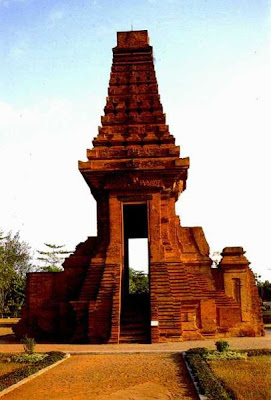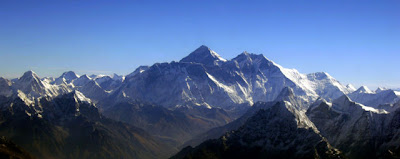Tube8. Sebuah website yang saat ini paling digemari oleh para bokeper, Karena didalam tube8 anda semua dapat memperoleh berbagai macam gambar dan video bokep gratis dan video blue tersebut dibintangi oleh berbagai macem artis blue dari seluruh dunia.Tube8 sendiri terkenal dengan loading atau yang disebut bufering super cepat, sehingga anda semua tidak perlu susah-susah download dan hanya tinggal nonton langsung aja di tube8 vide blue yang anda sedang cari.
Hingga banyak orang yang ingin mengoleksi video di tube8.com untuk bisa di lihat di rumah, bukan itu saja banyak juga orang yang meyebarkan video bokep di tube8 untuk bisa di jadikan lahan uang mereka.
jadi hanya dengan membuka tube8 anda dapat mengakses berbagai jenis film blue...namun saya sarankan jangan sering membukanya, karena bisa membuat anda semua menjadi kecanduan
Hingga banyak orang yang ingin mengoleksi video di tube8.com untuk bisa di lihat di rumah, bukan itu saja banyak juga orang yang meyebarkan video bokep di tube8 untuk bisa di jadikan lahan uang mereka.
jadi hanya dengan membuka tube8 anda dapat mengakses berbagai jenis film blue...namun saya sarankan jangan sering membukanya, karena bisa membuat anda semua menjadi kecanduan






